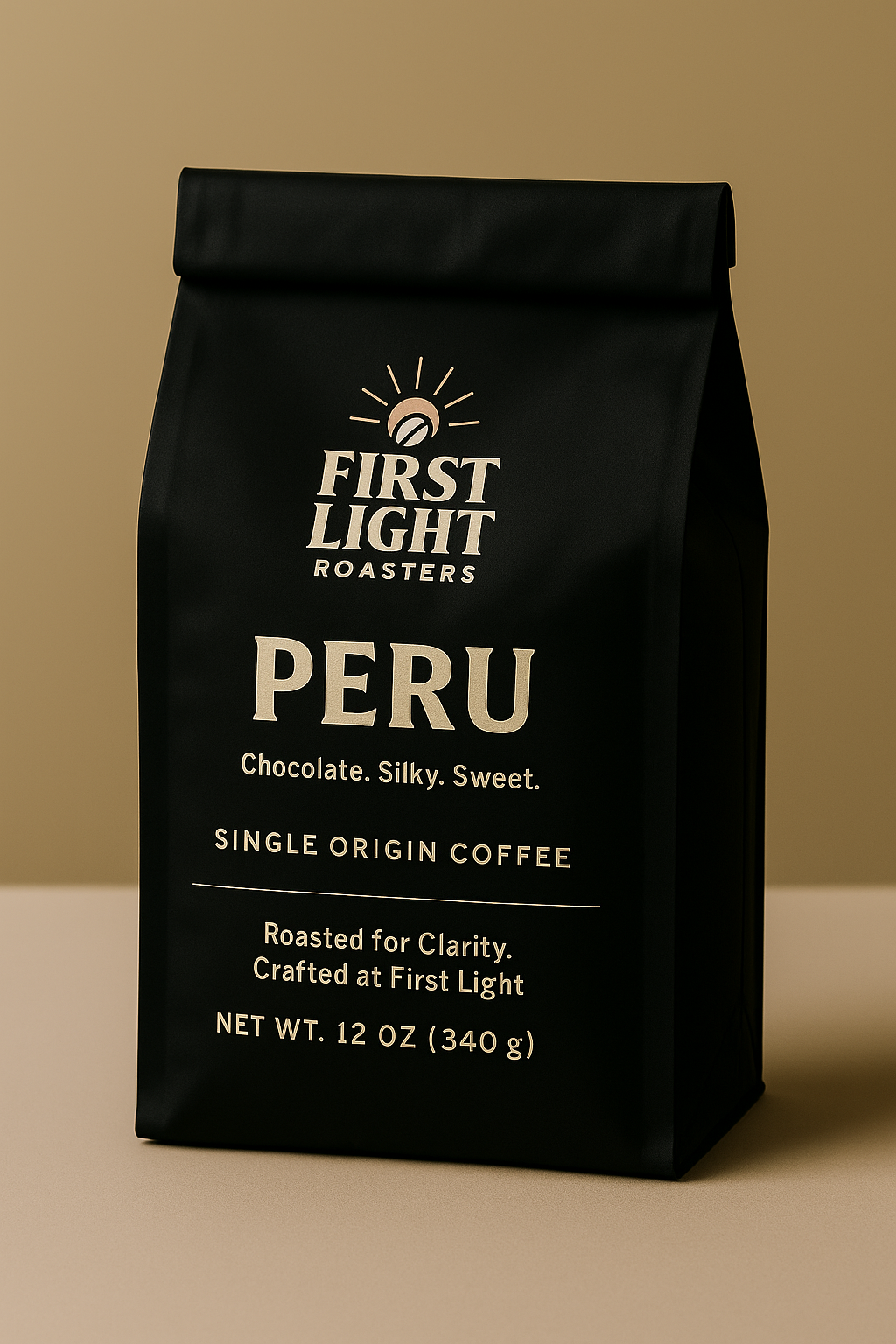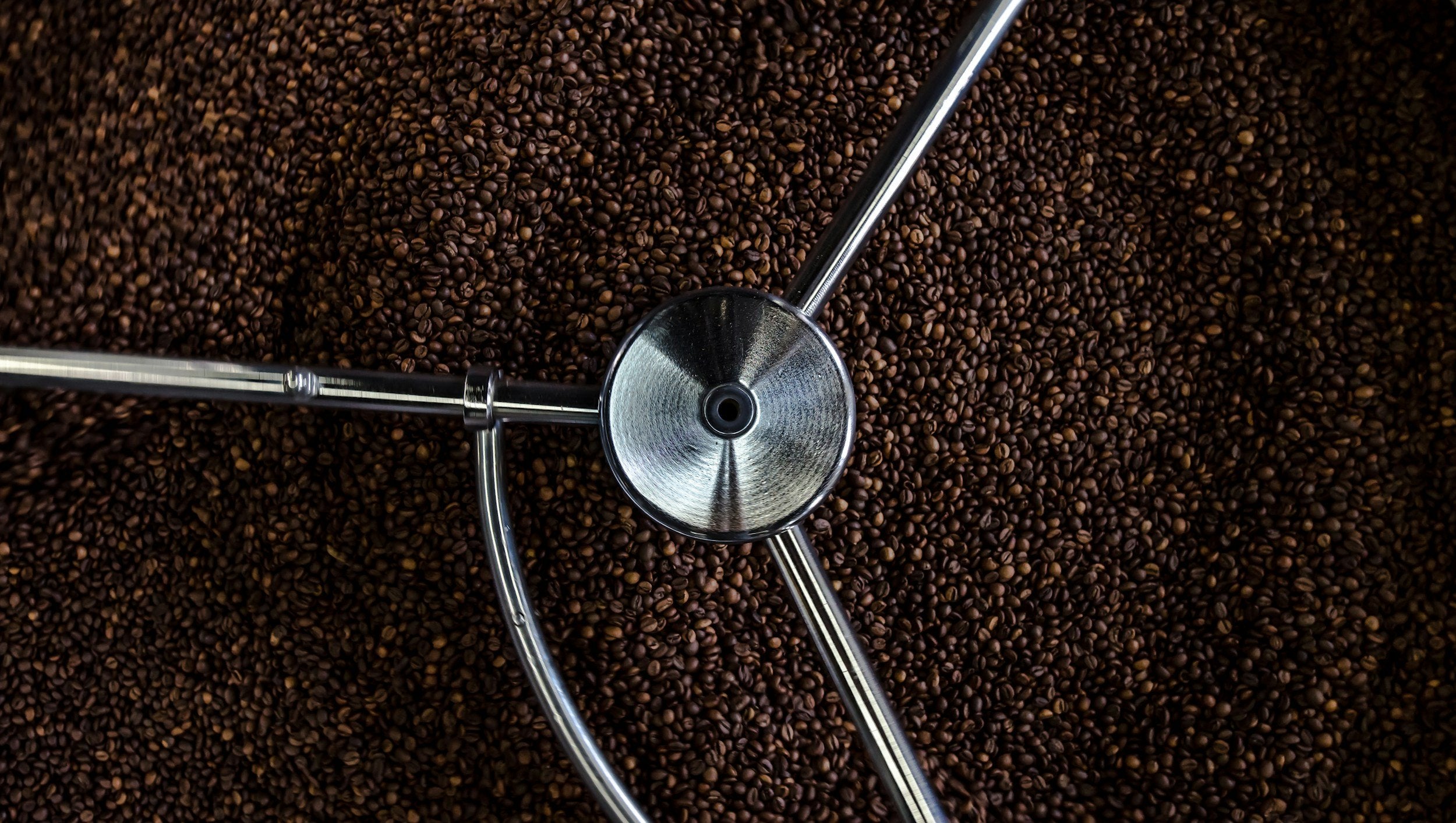
Why Is Peruvian Coffee So Smooth and Balanced
Peruvian coffee is often praised for its smooth, clean and balanced profile. Whether you are new to specialty coffee or a long-time enthusiast, you have probably heard someone describe Peruvian coffee as gentle, mellow or easy to drink. But what exactly makes it that way? The answer lies in a combination of geography, growing practices, processing techniques and careful roasting.
In this blog, we will break down why Peruvian coffee has such a consistently smooth and balanced character. We will explore how elevation affects acidity, what impact the wet process has on flavor clarity and how roast level plays a crucial role in bringing out the best in these beans. You will also learn how to recognize quality Peruvian coffee and how to brew it for the most balanced cup possible.
What Does Smooth and Balanced Really Mean
In the coffee world, smoothness often refers to a low level of bitterness and a soft texture on the palate. Balanced means no single flavor dominates the cup. Instead, acidity, body and sweetness are in harmony. Peruvian coffee tends to deliver both of these qualities in spades.
You may find that it lacks the sharp citrus of an African coffee or the syrupy body of a Sumatra. But that is exactly what makes it appealing. It sits in the middle, with enough brightness to be interesting and enough sweetness and mouthfeel to be comforting.
Where Is Peruvian Coffee Grown
Most of Peru’s specialty coffee is grown in the highlands of the Andes mountains. Key regions include Cajamarca, Cusco, Amazonas, Junín and San Martín. These areas are rich in volcanic soil and have elevations ranging from 1,200 to 2,200 meters above sea level. Higher elevation slows the development of the coffee cherry, which allows sugars and acids to build gradually and evenly.
These environmental factors create ideal conditions for smooth, refined coffees. At high altitudes, the beans are more dense, which means they retain their structure during roasting and do not burn as easily. The result is a sweeter, cleaner and more balanced cup.
How Does Processing Influence Smoothness
The majority of Peruvian coffee is processed using the washed or wet method. This involves removing the cherry fruit from the bean shortly after harvest, then fermenting and washing the beans to clean off any remaining mucilage. After that, the beans are dried under the sun or in mechanical dryers.
Washed processing produces coffees with high clarity and moderate acidity. It removes much of the fruity residue that can cause inconsistent fermentation or muddled flavors. In Peruvian coffee, this results in a cup that is crisp, smooth and free of harsh or sour notes.
What Role Does Roast Level Play
Smoothness and balance are highly influenced by roast level. Lighter roasts preserve the bright and floral qualities of the bean. Medium roasts highlight sweetness and body. Dark roasts can add bitterness or smoke that may overpower the natural character of the coffee.
For Peruvian beans, a light to medium roast is usually best. It brings out almond, cocoa, citrus and floral notes while maintaining a rounded and drinkable profile. At First Light Roasters, we roast our Peruvian single origin coffee to a light medium level. This allows us to maximize sweetness and clarity without introducing any harsh or bitter flavors.
What Flavor Notes Are Common in Peruvian Coffee
Although flavor profiles vary by region and farm, you can generally expect the following tasting notes from high-quality Peruvian beans:
-
Mild citrus such as orange or lemon
-
Apple or pear
-
Milk chocolate or cocoa
-
Almond, cashew or hazelnut
-
Floral hints like chamomile or jasmine
-
A clean, tea-like body with a dry finish
These notes are subtle and approachable. They are unlikely to overwhelm your palate, making Peruvian coffee a great choice for people who are just getting into single origin coffees.
What Makes It a Good Choice for Sensitive Stomachs
Because of its low bitterness and moderate acidity, Peruvian coffee is often recommended for people with acid sensitivity or those who prefer a gentler coffee. It does not cause the sharp, sour stomach reaction that some very bright or oily coffees can. This is especially true when the coffee is fresh, properly roasted and brewed with clean water.
How Can You Brew It for Maximum Balance
Whether you are using a drip machine, French press, AeroPress or pour over, here are a few tips to get the smoothest, most balanced result from Peruvian coffee:
-
Use filtered water at the right temperature, ideally around 195 to 205 degrees Fahrenheit.
-
Grind your beans just before brewing using a burr grinder. This preserves freshness and uniformity.
-
Use a medium grind for drip, coarse grind for French press and medium fine for pour over.
-
Stick to a 1:16 or 1:17 coffee to water ratio.
-
Avoid over extraction. Do not let the water sit in contact with the grounds for too long.
These techniques help preserve the coffee’s sweetness and avoid extracting bitter compounds that can mask its balanced character.
Why Choose Peruvian Coffee for Everyday Drinking
Not everyone wants a fruit bomb or a heavy dark roast. Some people just want a clean, smooth, delicious cup of coffee every day. That is exactly where Peruvian coffee shines. It is reliable, consistent and versatile. You can enjoy it black, with milk or as a base for cold brew. It performs well in almost any brewing setup.
Peruvian coffee also tends to be reasonably priced compared to other single origin coffees, especially when sourced directly and ethically. At First Light Roasters, we work with co-ops and farmers in Peru who focus on sustainability and long-term quality. That means you get an honest cup of coffee that supports real people and delivers real flavor.
Is It the Right Coffee for You
If you prefer smooth over sharp, balance over boldness and clarity over complexity, then yes. Peruvian coffee is likely a great fit for your taste preferences. It offers enough character to be interesting without asking you to interpret strange flavors or adjust your palate. It is the kind of coffee you can trust to be good every time.
Final Thoughts
Peruvian coffee is not flashy, but it is deeply satisfying. Its smooth and balanced flavor comes from ideal growing conditions, careful processing and the commitment of small farmers who still hand pick and sort each harvest. When roasted well and brewed with care, it delivers a cup that is clean, sweet and endlessly drinkable.
At First Light Roasters, we believe that great coffee does not need to shout. It just needs to be grown with intention, roasted with precision and brewed with love. Our Peruvian single origin is a perfect example of that philosophy. Give it a try and taste the difference balance makes.




Leave a comment
This site is protected by hCaptcha and the hCaptcha Privacy Policy and Terms of Service apply.